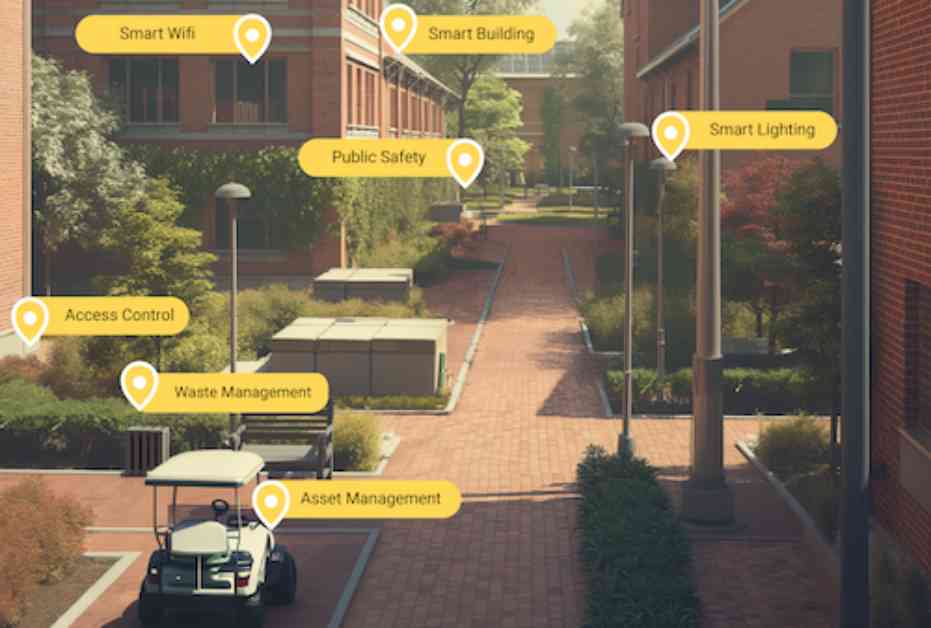Innovative technology is revolutionizing the way we approach education, transforming traditional school campuses into smart campuses that prioritize student well-being and academic success. These smart campuses harness the power of advanced technology to create safe, efficient, and engaging learning environments that prepare students for the challenges of the future.
One of the key aspects of smart campuses is enhanced internet connectivity. High-speed internet access is crucial in today’s digital age, enabling seamless access to online learning platforms, digital textbooks, and interactive educational software. By converging mechanical and digital systems through IoT networks, schools can provide stable and expansive internet coverage, enhancing the overall functionality of the campus.
Moreover, smart campuses focus on creating healthy learning environments through clean air initiatives. Smart air quality monitors continuously assess indoor air conditions and adjust ventilation systems to maintain optimal air quality, reducing the risk of respiratory issues and enhancing students’ cognitive performance. Integrating green building practices further improves air quality, creating a sustainable and healthy environment for students and educators.
Optimal lighting is another essential component of smart campuses. Advanced lighting systems adjust intensity and color temperature based on natural light availability and specific learning activities, enhancing concentration, mood, and academic performance. By tailoring lighting conditions to different educational contexts, smart campuses ensure that students are always in the best environment for learning and growth.
Safety is a top priority in smart campuses, with proactive security measures in place to enhance student safety. Advanced technologies such as smart cameras equipped with AI can identify unusual activities and alert security personnel in real-time, preventing incidents before they escalate. Data-driven security measures help schools implement preventive strategies in high-risk areas, ensuring a safe learning environment for all.
Efficient traffic and parking management are also key features of smart campuses. Real-time data from sensors and cameras optimize traffic flow and parking availability, reducing congestion and improving safety for students and staff. Smart parking solutions minimize the time spent searching for parking spots, saving time and reducing environmental impact.
Energy efficiency and sustainability are priorities in smart campuses, with advanced building management systems optimizing heating, cooling, and lighting based on occupancy and usage patterns. These systems reduce energy consumption, operational costs, and the school’s carbon footprint, creating a comfortable and environmentally friendly learning environment.
As we embrace these innovations, the future of education looks brighter, more sustainable, and more inclusive than ever before. Smart campuses are setting new standards for excellence in education, preparing students for success in a rapidly evolving world. With a focus on technology, safety, sustainability, and student well-being, smart campuses are transforming the landscape of education and paving the way for a brighter future for students and educators alike.




